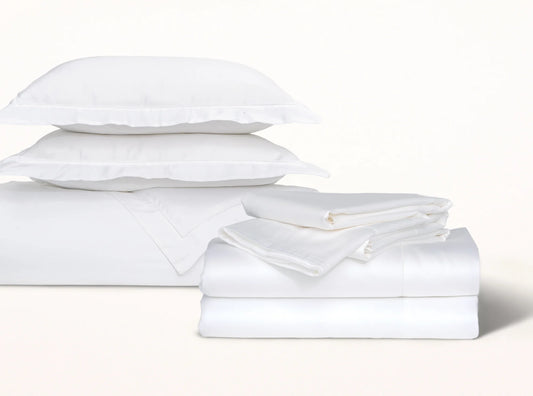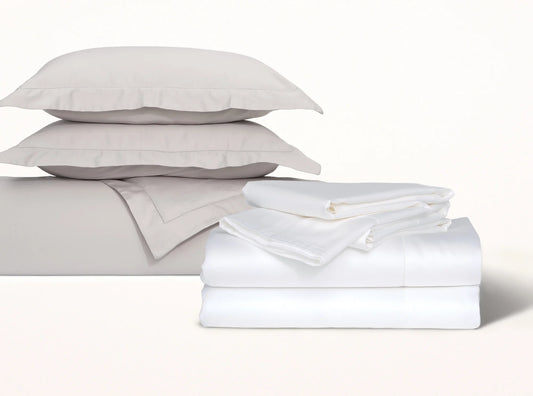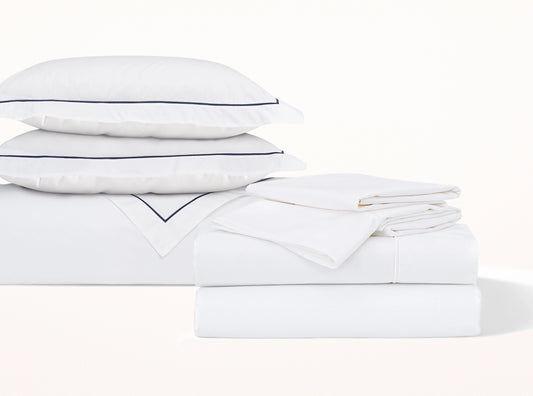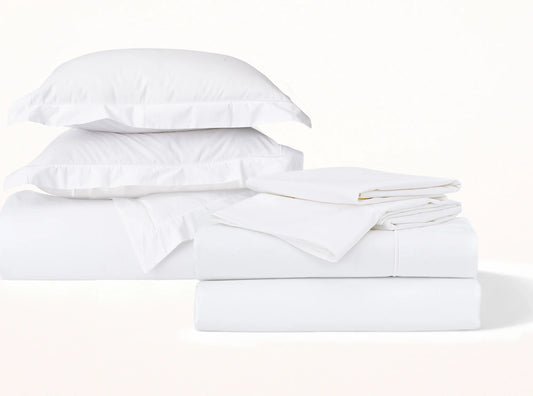Experience our organic cotton duvet sets, including a duvet cover and matching shams. Handcrafted in Portugal in buttery-soft Sateen or crisp, cool Percale
Collection: Duvet Sets
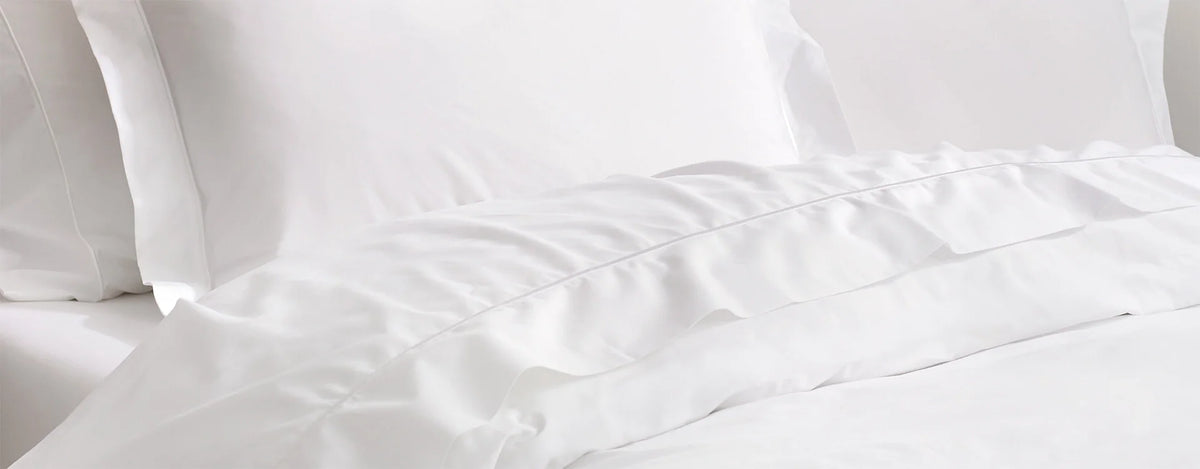
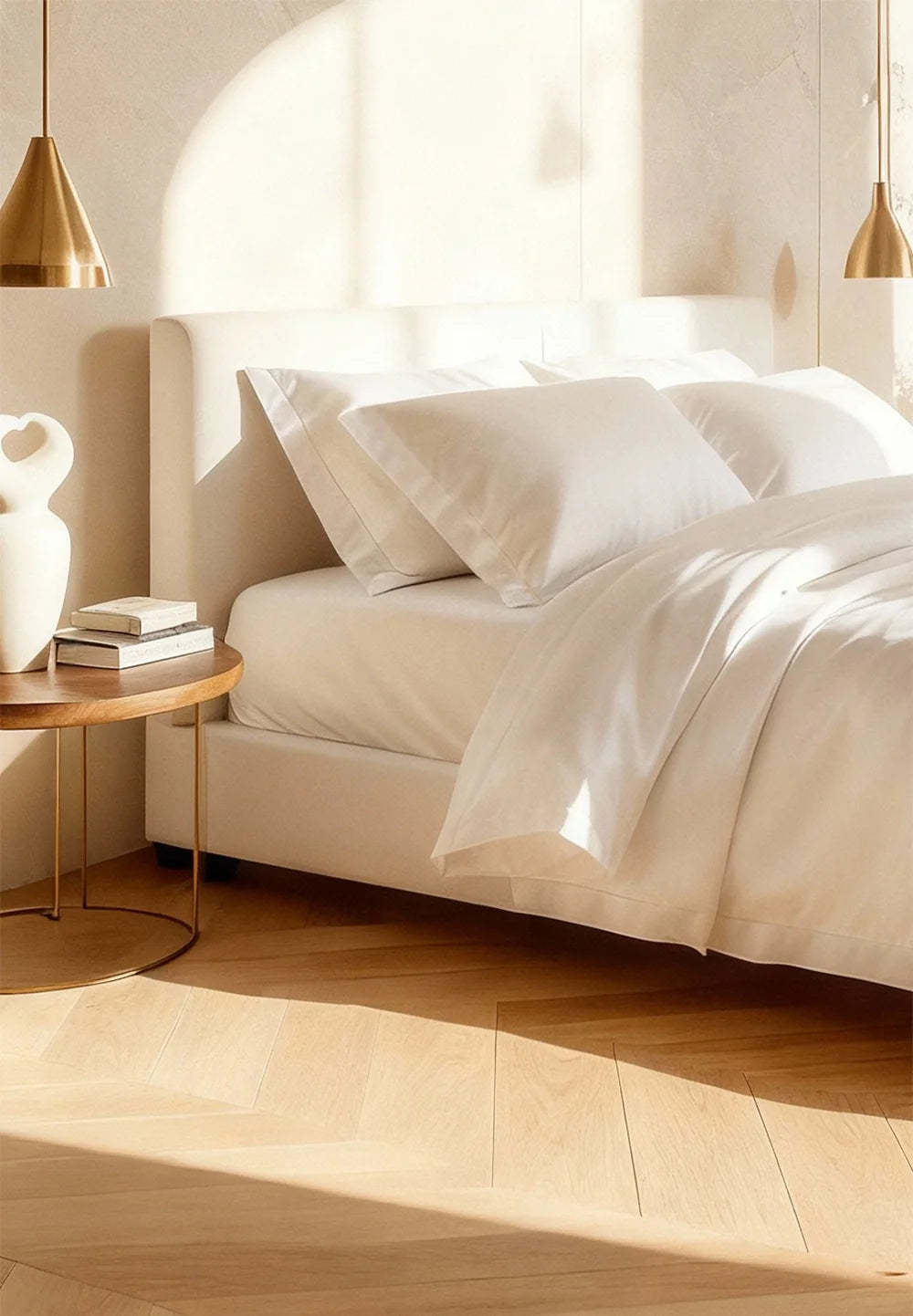
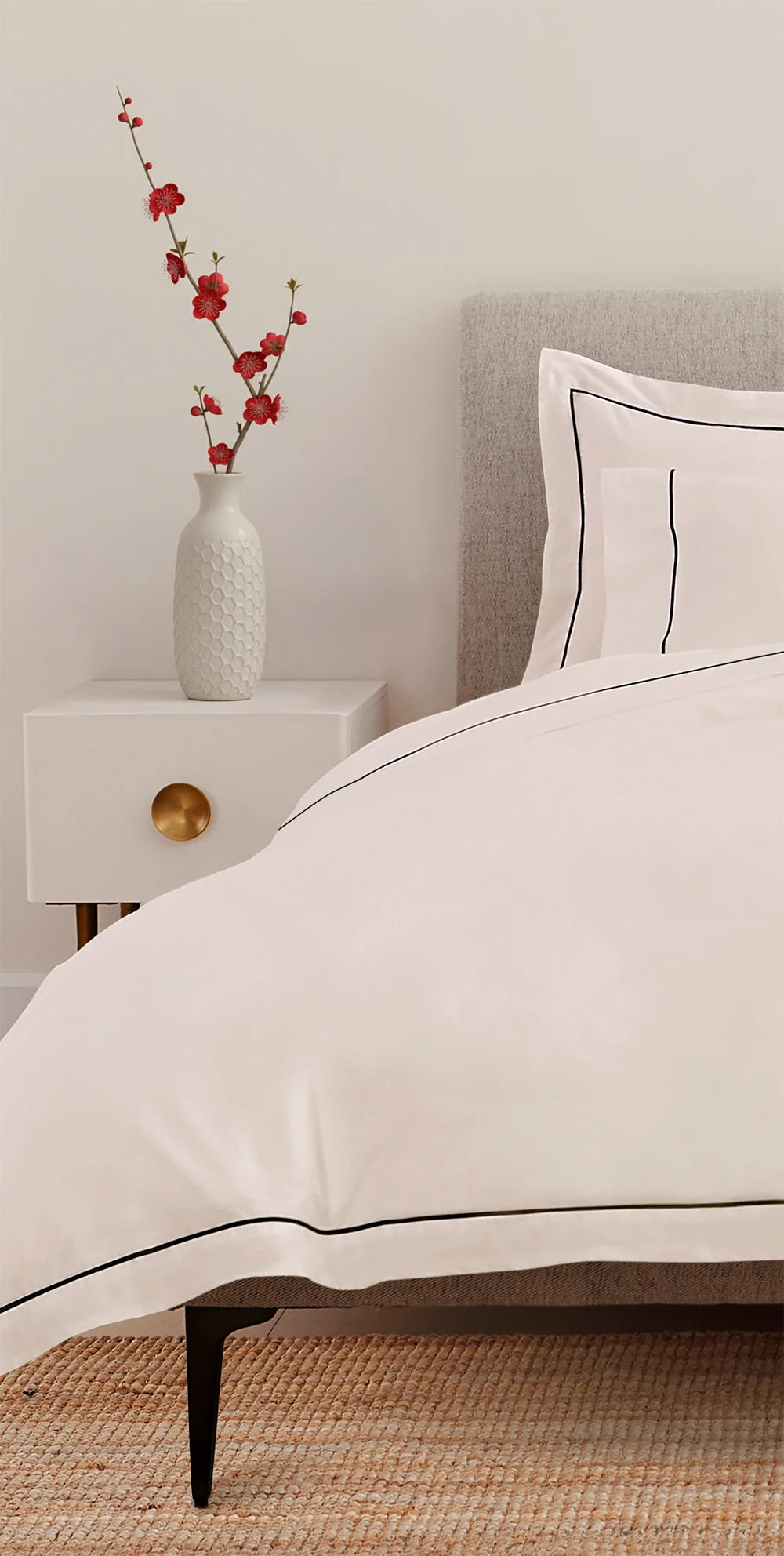
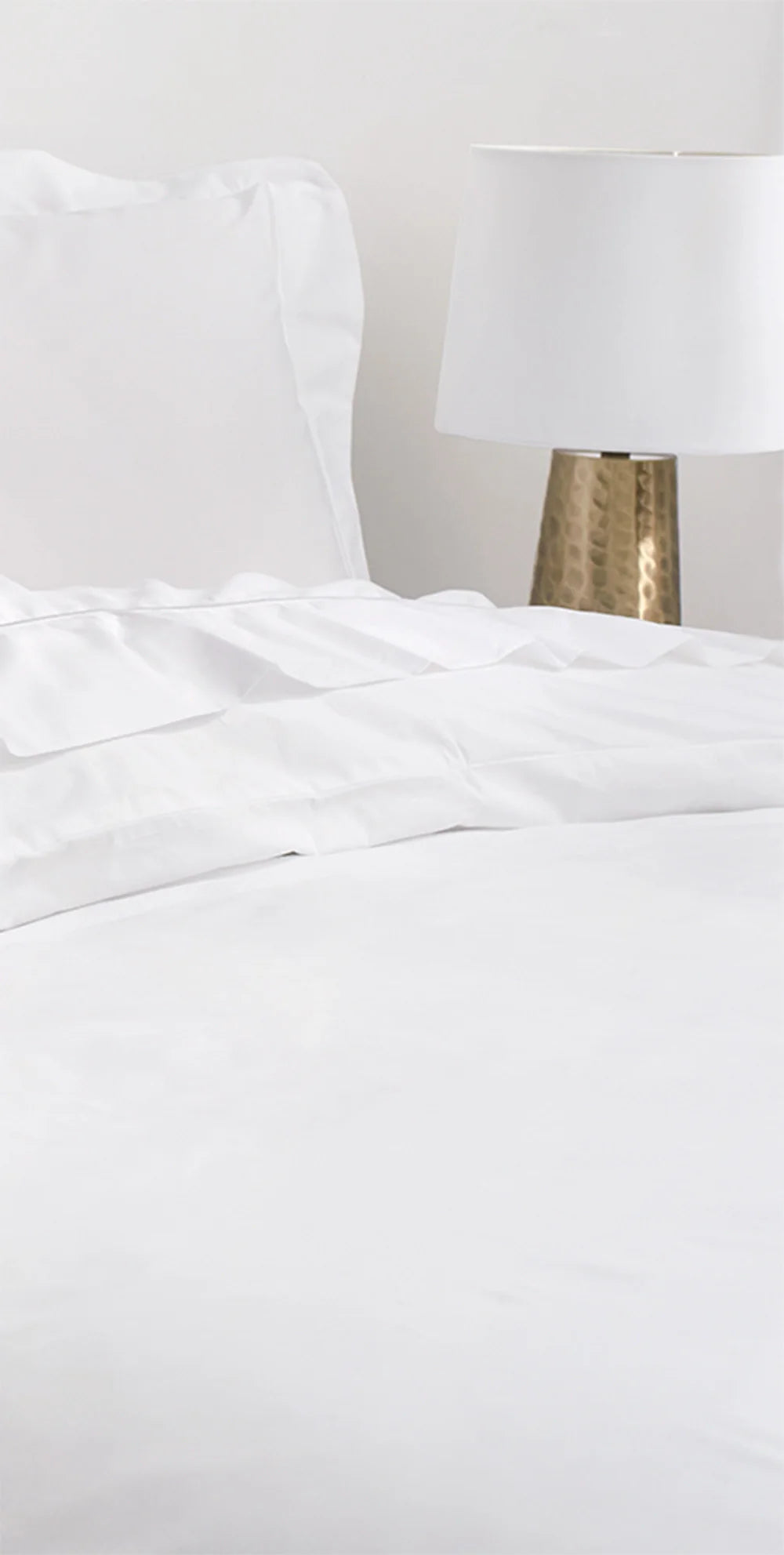

Sleep
Discover the secrets to a peaceful night's sleep with tips designed just for you. Enjoy the comfort of our soft bed linen, a haven for restful dreams. Learn key information about sleep, health, and wellness for a balanced and refreshed life.
Discover More-
60 Day Risk-Free Trial
Your Best Sleep, Guaranteed
-
Free Standard Tracked Shipping
On All U.S. Orders
-
Free Returns
From the mainland U.S.



